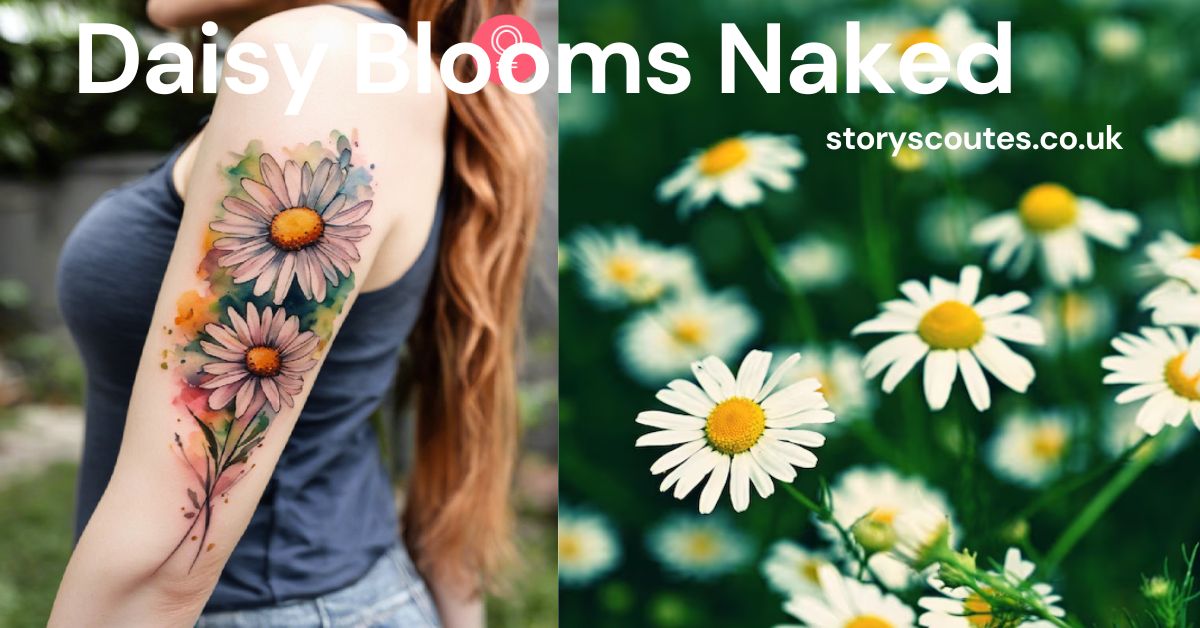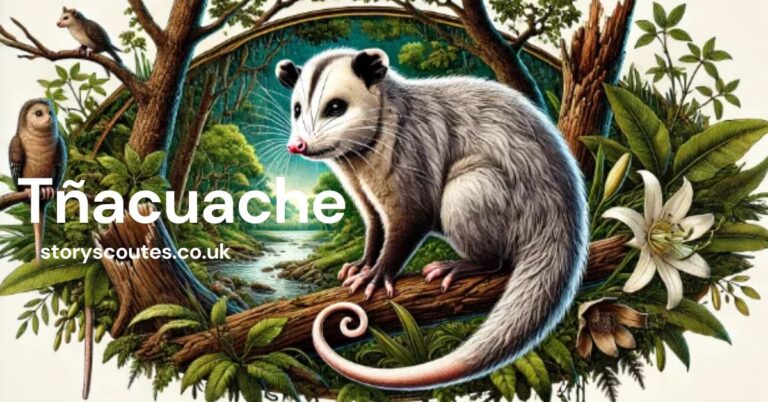Daisy Blooms Naked: The Nature’s Simplest Beauty
Have you ever stumbled upon a field of daisies, their white petals gleaming in the sunlight? These simple yet stunning flowers have captivated people for centuries. In this comprehensive guide, we’ll explore the fascinating world of Daisy Blooms Naked – a phrase that perfectly captures the essence of these unadorned beauties. From their rich history to practical growing tips, we’ll cover everything you need to know about these charming flowers.
What Does Daisy Blooms Naked Mean?
When we say “daisy blooms naked,” we’re referring to the daisy’s natural, unadorned beauty. Unlike some flashy flowers that rely on complex petal arrangements or vibrant colors, daisies shine in their simplicity. The term “naked” here doesn’t mean the flower lacks petals – instead, it highlights the daisy’s uncomplicated, stripped-down elegance.
Key points about Daisy Blooms Naked:
- Simplicity is key – no fancy frills or complicated structures
- Natural beauty without artificial enhancements
- Represents purity and innocence in many cultures
The Fascinating World of Daisies
A Brief History of Daisies
Daisies have been around for thousands of years, charming humans throughout history. The name “daisy” comes from the Old English phrase “daes eage,” which means “day’s eye.” This name was given because the flower opens at dawn and closes at dusk.
Some interesting historical facts:
- Ancient Romans used crushed daisies to treat wounds
- In medieval times, knights wore daisy chains made by their ladies as a sign of affection
- Daisies have been mentioned in literature and poetry for centuries, symbolizing innocence and purity
Types of Daisies
While we often picture the classic white petals with yellow centers when we think of daisies, there are actually many different types. Here are some popular varieties:
- English Daisy (Bellis perennis)
- Shasta Daisy (Leucanthemum x superbum)
- Oxeye Daisy (Leucanthemum vulgare)
- Gerbera Daisy (Gerbera jamesonii)
- African Daisy (Osteospermum)
Each type has its own unique characteristics, but they all share that simple, “naked” charm we love about daisies.
The Beauty of Simplicity: Why Daisy Blooms Naked Resonates
In today’s fast-paced, complicated world, there’s something refreshing about the simple beauty of a daisy. The phrase Daisy Blooms Naked reminds us to appreciate the uncomplicated things in life. Here’s why this concept resonates with so many people:
- Natural beauty: Daisies don’t need fancy colors or complex petal arrangements to stand out. Their simple design is beautiful on its own.
- Honesty and openness: The “naked” bloom represents transparency and truthfulness – qualities we often seek in our relationships and daily lives.
- Resilience: Daisies can grow in many different environments, symbolizing strength and adaptability.
- Childhood nostalgia: Many of us have fond memories of making daisy chains or playing “he loves me, he loves me not” with daisy petals.
- Mindfulness: The simple act of observing a daisy can help us slow down and appreciate the present moment.
Growing Your Own “Naked” Daisy Blooms
Want to enjoy the beauty of Daisy Blooms Naked in your own garden? Here’s a simple guide to growing these charming flowers:
Choosing the Right Location
Daisies love sunlight, so pick a spot in your garden that gets plenty of direct sun. They’re not too picky about soil, but they do prefer well-draining ground.
Planting Your Daisies
- Prepare the soil by loosening it and removing any weeds.
- Plant seeds or seedlings in spring after the last frost.
- Space plants about 1-2 feet apart to give them room to grow.
- Water thoroughly after planting.
Caring for Your Daisies
- Water regularly, especially during dry spells.
- Fertilize once a month with a balanced, all-purpose fertilizer.
- Deadhead spent blooms to encourage more flowers.
- In fall, cut back the plants to about 6 inches above the ground.
Common Problems and Solutions
Even though daisies are relatively easy to grow, they can face some challenges:
- Aphids: Spray with a strong stream of water or use insecticidal soap.
- Leaf spots: Remove affected leaves and avoid overhead watering.
- Slugs: Use slug bait or create barriers with crushed eggshells.
The Environmental Impact of Daisy Blooms
One of the great things about daisies is their positive impact on the environment. Here’s how these “naked” blooms contribute to a healthier ecosystem:
- Pollinator-friendly: Daisies attract bees, butterflies, and other important pollinators.
- Low maintenance: They don’t require much water or chemical fertilizers, making them an eco-friendly choice.
- Soil improvement: Daisies help prevent soil erosion with their root systems.
- Biodiversity: Planting daisies can increase the variety of plant and animal life in your garden.
Daisies in Art and Culture
The simple beauty of Daisy Blooms Naked has inspired artists and writers for centuries. Let’s explore how these flowers have influenced our culture:
Daisies in Literature
Many famous authors have used daisies as symbols in their work:
- William Wordsworth’s poem “To the Daisy” celebrates the flower’s simple beauty.
- In F. Scott Fitzgerald’s “The Great Gatsby,” daisies symbolize the character Daisy’s innocence and purity.
- John Keats compares a star to a daisy in his poem “Bright Star.”
Daisies in Visual Art
Artists have long been captivated by the daisy’s simple form:
- Vincent van Gogh painted several still lifes featuring daisies.
- Georgia O’Keeffe created close-up paintings of daisies, highlighting their abstract beauty.
- Andy Warhol used daisy images in his pop art prints.
Daisies in Popular Culture
These “naked” blooms have made their mark on modern culture too:
- The flower child movement of the 1960s often used daisy imagery.
- Daisy Duke, a character from “The Dukes of Hazzard,” was named after the flower.
- The phrase “fresh as a daisy” is commonly used to describe someone who looks well-rested.
The Language of Daisies: What These Naked Blooms Symbolize
Flowers have long been used to convey messages, and daisies are no exception. Here’s what these simple blooms symbolize:
- Innocence and purity
- New beginnings
- True love
- Loyalty
- Simplicity
In the Victorian language of flowers, giving someone a daisy meant “I will think of it.” Today, daisies are often given as a symbol of friendship or to cheer someone up.
Daisy Blooms Naked: A Source of Inspiration
The concept of Daisy Blooms Naked can inspire us in many areas of life:
- Minimalism: Embrace simplicity in your home decor or personal style.
- Authenticity: Be true to yourself, just as a daisy is always authentically itself.
- Appreciation of small things: Find joy in simple pleasures, like a field of daisies.
- Resilience: Like daisies that grow in tough conditions, we can adapt and thrive.
- Creativity: Use the daisy’s simple form as inspiration for art or design projects.
Practical Uses for Daisy Blooms
Daisies aren’t just pretty to look at – they have several practical uses too:
- Edible flowers: Some daisy varieties are edible and can be used to decorate salads or cakes.
- Herbal remedies: Daisies have been used in traditional medicine for various ailments.
- Natural dyes: The flowers can be used to create yellow or green dyes for fabrics.
- Cosmetics: Daisy extracts are sometimes used in skincare products.
- Pest control: Planting daisies can help repel some garden pests naturally.
Preserving the Beauty of Daisy Blooms
Want to enjoy the beauty of Daisy Blooms Naked long after the flowers have faded? Here are some preservation methods:
- Pressing: Place daisies between heavy books for a few weeks.
- Drying: Hang small bunches upside down in a dark, dry place.
- Resin casting: Preserve whole flowers in clear resin for decorative items.
- Photographing: Capture the beauty of daisies in photos to enjoy year-round.
- Painting or sketching: Create your own daisy-inspired artwork.
The Future of Daisy Blooms: Trends and Innovations
As we look to the future, the timeless appeal of Daisy Blooms Naked continues to inspire new trends and innovations:
- Sustainable gardening: Daisies are becoming popular in eco-friendly landscaping.
- New varieties: Plant breeders are developing daisies with unique colors and forms.
- Urban gardening: Compact daisy varieties are perfect for small city spaces.
- Digital art: Artists are using technology to create new interpretations of daisy blooms.
- Biomimicry: Scientists are studying the daisy’s structure for inspiration in fields like solar energy and materials science.
Conclusion: The Enduring Charm of Daisy Blooms Naked
In a world that often values complexity and extravagance, the simple beauty of a daisy bloom reminds us of the power of simplicity. The phrase Daisy Blooms Naked encapsulates the flower’s unadorned elegance and natural charm. Whether you’re growing them in your garden, appreciating their symbolism, or finding inspiration in their form, daisies offer a connection to nature’s simple wonders.
As we’ve explored in this guide, these humble flowers have a rich history, diverse varieties, and numerous practical uses. They inspire art, literature, and even scientific innovation. Most importantly, they remind us to appreciate the beauty in simplicity and to find joy in the small things.
So the next time you see a daisy, take a moment to appreciate its “naked” bloom. Let it remind you of the beauty that exists in simplicity and the strength that comes from being authentically yourself.
FAQs About Daisy Blooms Naked
What does Daisy Blooms Naked mean?
Daisy Blooms Naked refers to the daisy’s natural, unadorned beauty. It highlights the flower’s simple elegance without any fancy frills or complicated structures.
Are all daisies white with yellow centers?
No, while the classic daisy is white with a yellow center, there are many varieties in different colors, including pink, purple, and even multi-colored daisies.
Can I eat daisies?
Some daisy varieties are edible, but not all. English daisies (Bellis perennis) are commonly used in salads or as cake decorations. Always make sure you’ve correctly identified a flower before eating it.
How long do daisy blooms last?
Daisy blooms typically last about 2-3 weeks. Regular deadheading (removing spent blooms) can encourage more flowers to grow.
Are daisies annual or perennial plants?
It depends on the variety. Some daisies, like Shasta daisies, are perennials that come back year after year. Others, like African daisies, are often grown as annuals.
Do daisies attract bees?
Yes, daisies are excellent for attracting pollinators like bees and butterflies to your garden.
How often should I water my daisy plants?
Daisies prefer soil that’s kept evenly moist but not waterlogged. Water them deeply once a week, or more often during hot, dry periods.
Can daisies grow in shade?
While daisies prefer full sun, some varieties can tolerate partial shade. However, they may produce fewer blooms in shadier conditions.
Are daisies related to sunflowers?
Yes, daisies and sunflowers both belong to the Asteraceae family, also known as the daisy family or composite family.
What’s the best time to plant daisies?
The best time to plant daisies is in the spring after the last frost, or in the early fall in warmer climates.






